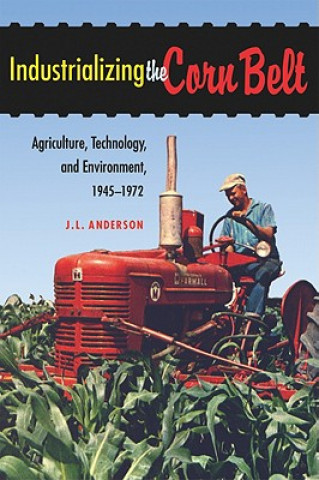
Kod: 04750187
Industrializing the Corn Belt
Autor J. L. Anderson
This book presents the history of industrializing agriculture from the perspective of the Corn Belt farmer.From the late 1940s to the early 1970s, farmers in the Corn Belt transformed their region into a new, industrial powerhouse ... więcej
- Język:
 Angielski
Angielski - Oprawa: Twarda
- Liczba stron: 248
Wydawca: Northern Illinois University Press, 2008
- Więcej informacji o książce

132.45 zł
Zwykle: 139.49 zł
Oszczędzasz 7.04 zł

Dostępna u dostawcy
Wysyłamy za 14 - 18 dni
Zobacz książki o podobnej tematyce
Podaruj tę książkę jeszcze dziś
- Zamów książkę i wybierz "Wyślij jako prezent".
- Natychmiast wyślemy Ci bon podarunkowy, który możesz przekazać adresatowi prezentu.
- Książka zostanie wysłana do adresata, a Ty o nic nie musisz się martwić.
Więcej informacji o Industrializing the Corn Belt
Za ten zakup dostaniesz 77 punkty
 Opis
Opis
This book presents the history of industrializing agriculture from the perspective of the Corn Belt farmer.From the late 1940s to the early 1970s, farmers in the Corn Belt transformed their region into a new, industrial powerhouse of large-scale production, mechanization, specialization, and efficiency. Extension agents and implement manufacturers had urged farmers in this direction for decades, but it was the persistent labor shortage and cost-price squeeze following WWII that prompted farmers to pave the way to industrializing agriculture. Anderson examines the changes in Iowa, a representative state of the Corn Belt, in order to explore why farmers adopted particular technologies and how, over time, they integrated new tools and techniques.In addition to the impressive field machinery, grain storage facilities, and automated feeding systems were the less visible, but no less potent, chemical technologies - antibiotics and growth hormones administered to livestock, as well as insecticide, herbicide, and fertilizer applied to crops. Much of this new technology created unintended consequences: pesticides encouraged the proliferation of resistant strains of plants and insects while also polluting the environment and threatening wildlife, and the use of feed additives triggered concern about health effects to consumers.Anderson explains that the cost of equipment and chemicals made unprecedented demands on farm capital, and in order to maximize production, farmers either planted more acres with fewer but more profitable crops or specialized in raising large herds of a single livestock species. The industrialization of agriculture gave rural Americans a lifestyle resembling that of their urban and suburban counterparts. Yet the rural population continued to dwindle as farms required less human labor; many small farmers, unable or unwilling to compete, chose to sell out." Industrializing the Corn Belt" - based on farm records, cooperative extension reports, USDA publications, oral interviews, trade literature, and agricultural periodicals - offers a fresh look at an important period of revolutionary change in agriculture through the eyes of those who grew the crops, raised the livestock, implemented new technology, and ultimately made the decisions that transformed the nature of the family farm and the midwestern landscape.
 Szczegóły książki
Szczegóły książki
Kategoria Książki po angielsku Humanities History History: specific events & topics
132.45 zł
- Pełny tytuł: Industrializing the Corn Belt
- Autor: J. L. Anderson
- Język:
 Angielski
Angielski - Oprawa: Twarda
- Liczba stron: 248
- EAN: 9780875803920
- ID: 04750187
- Wydawca: Northern Illinois University Press
- Waga: 499 g
- Wymiary: 234 × 155 × 23 mm
- Data wydania: 31. October 2008
Ulubione w innej kategorii
-

Man's Search for Meaning
31.24 zł -3 % -

Women, Race & Class
47.27 zł -14 % -

Pianist
47.87 zł -22 % -

Out Of Place
52.01 zł -23 % -
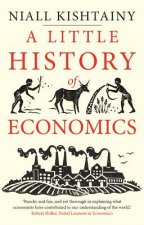
Little History of Economics
65.11 zł -7 % -

Laughter in Ancient Rome
86.08 zł -11 % -

Civilization and Capitalism, 15th-18th Century
280.74 zł -

Armies of Medieval Burgundy 1364-1477
67.83 zł -15 % -

Night
42.93 zł -23 % -

Society of the Spectacle
49.99 zł -

Imperialism: The Highest Stage of Capitalism
33.66 zł -23 % -

Man's Search For Meaning
70.45 zł -23 % -

Homo Deus
50.49 zł -26 % -

Ordinary Men
52.41 zł -15 % -

Black Earth
61.28 zł -15 % -

The Complete MAUS
62.99 zł -26 % -

The Rape of Nanking
79.32 zł -13 % -

Madness and Civilization
71.97 zł -13 % -

Conquerors
52.41 zł -15 % -

Stoned
47.37 zł -23 % -

Twelve Years a Slave
15.41 zł -23 % -

At Home
52.01 zł -23 % -
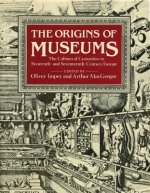
Origins of Museums
280.74 zł -6 % -

Measure of a Man
44.85 zł -26 % -

Delirious New York
143.64 zł -6 % -

Eichmann in Jerusalem
52.01 zł -23 % -

Mein Kampf - The Ford Translation
169.25 zł -2 % -

Bloodlands
61.28 zł -15 % -

Guns, Germs and Steel
61.28 zł -15 % -

Cold War Submarines
182.65 zł -6 % -

Fall of Public Man
70.45 zł -23 % -

Che Guevara
93.44 zł -23 % -

Dancing In The Streets
52.01 zł -23 % -

Fix the Pumps
73.48 zł -5 % -

Blue
163 zł -6 % -

Revolutionary Yiddishland
57.75 zł -14 % -

Commandant Of Auschwitz
52.01 zł -23 % -

Jewish State
49.69 zł -4 % -

Eichmann in Jerusalem
73.68 zł -11 % -

Reflections on the Revolution in France
42.93 zł -23 % -
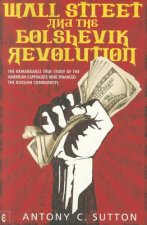
Wall Street and the Bolshevik Revolution
61.28 zł -23 % -

Corgi Toys
69.95 zł -10 % -

Night
47.37 zł -23 % -
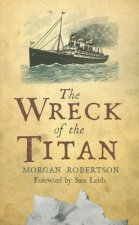
Wreck of the Titan
65.62 zł -4 % -

McMafia
52.01 zł -23 % -

Intimate History of Humanity
61.28 zł -23 % -
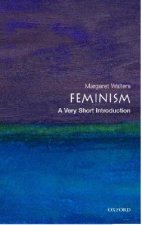
Feminism: A Very Short Introduction
42.93 zł -23 % -

White Gold
61.28 zł -23 % -

Twelve Who Ruled
111.99 zł -7 %
zadowolonych klientów
Od roku 2008 obsłużyliśmy wielu miłośników książek, ale dla nas każdy był tym wyjątkowym.
Copyright! ©2008-24 libristo.pl Wszelkie prawa zastrzeżonePrywatnieCookies




 21 milionów książek
21 milionów książek Dostawa 10.99 zł
Dostawa 10.99 zł (32) 444 93 66 (8-15.30h)
(32) 444 93 66 (8-15.30h)